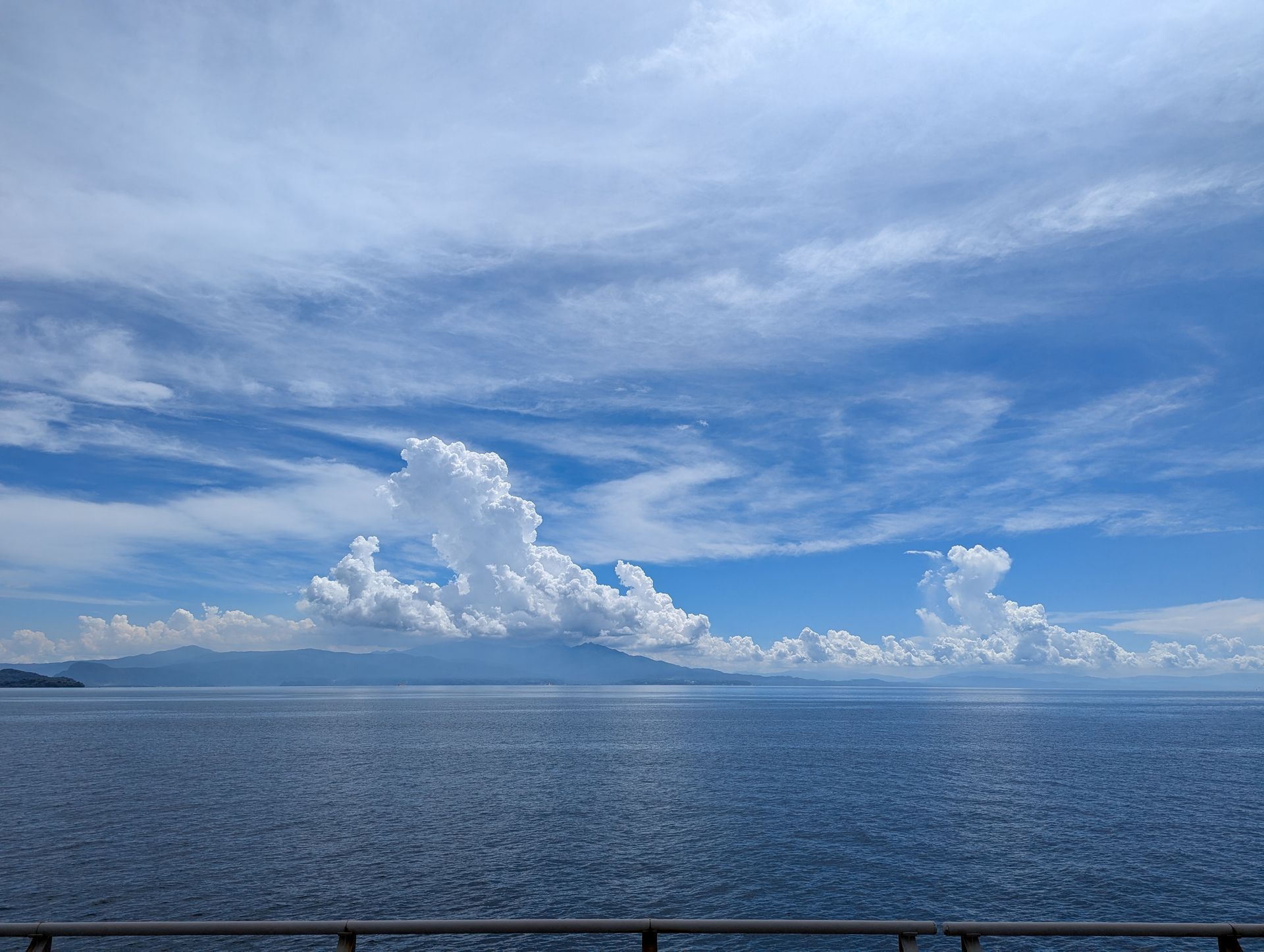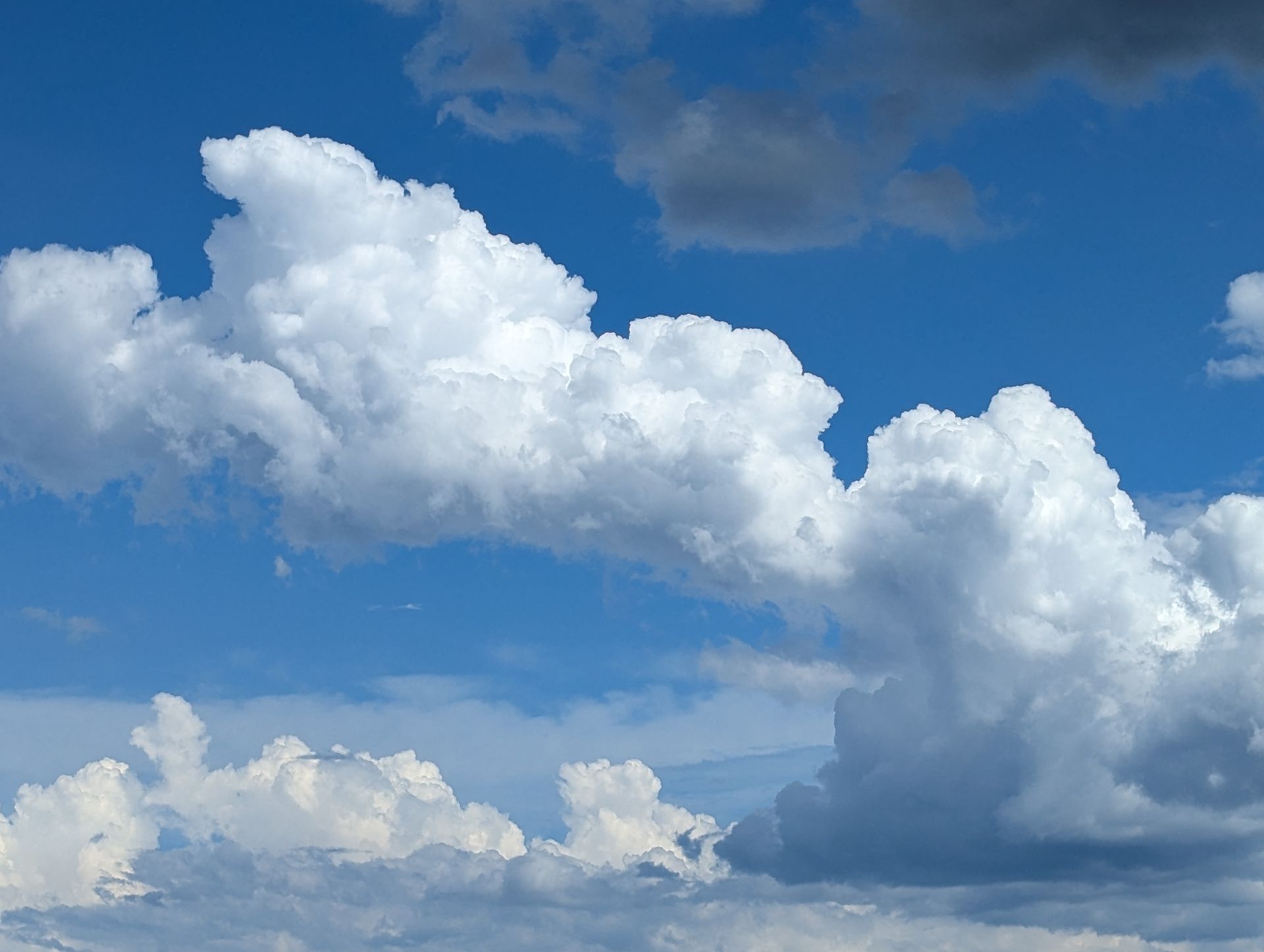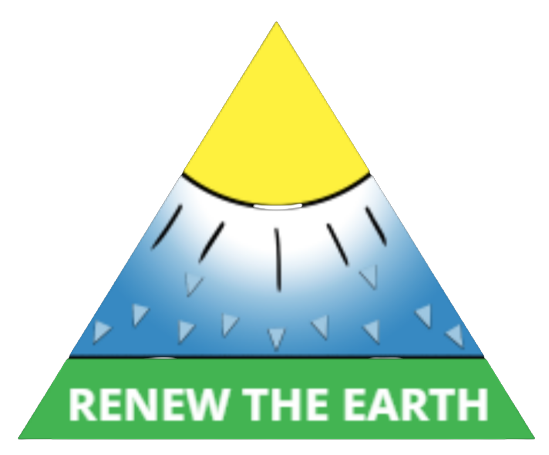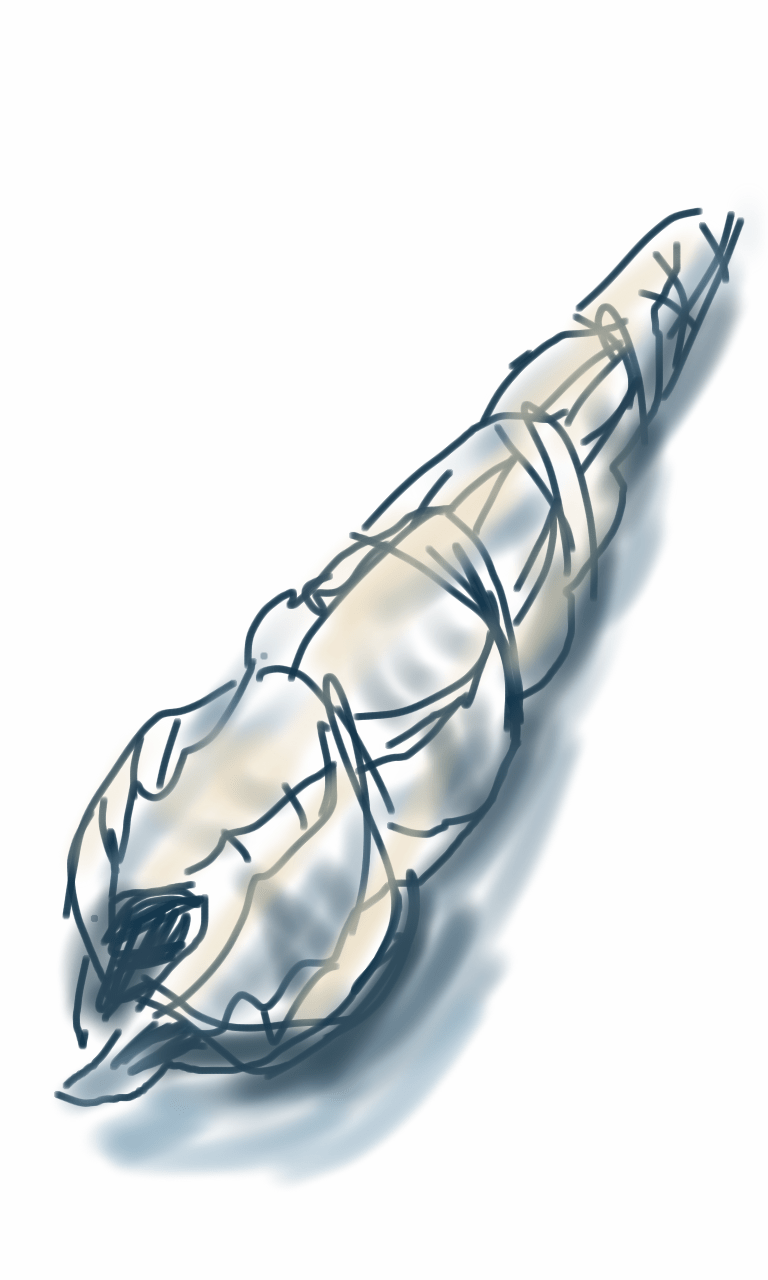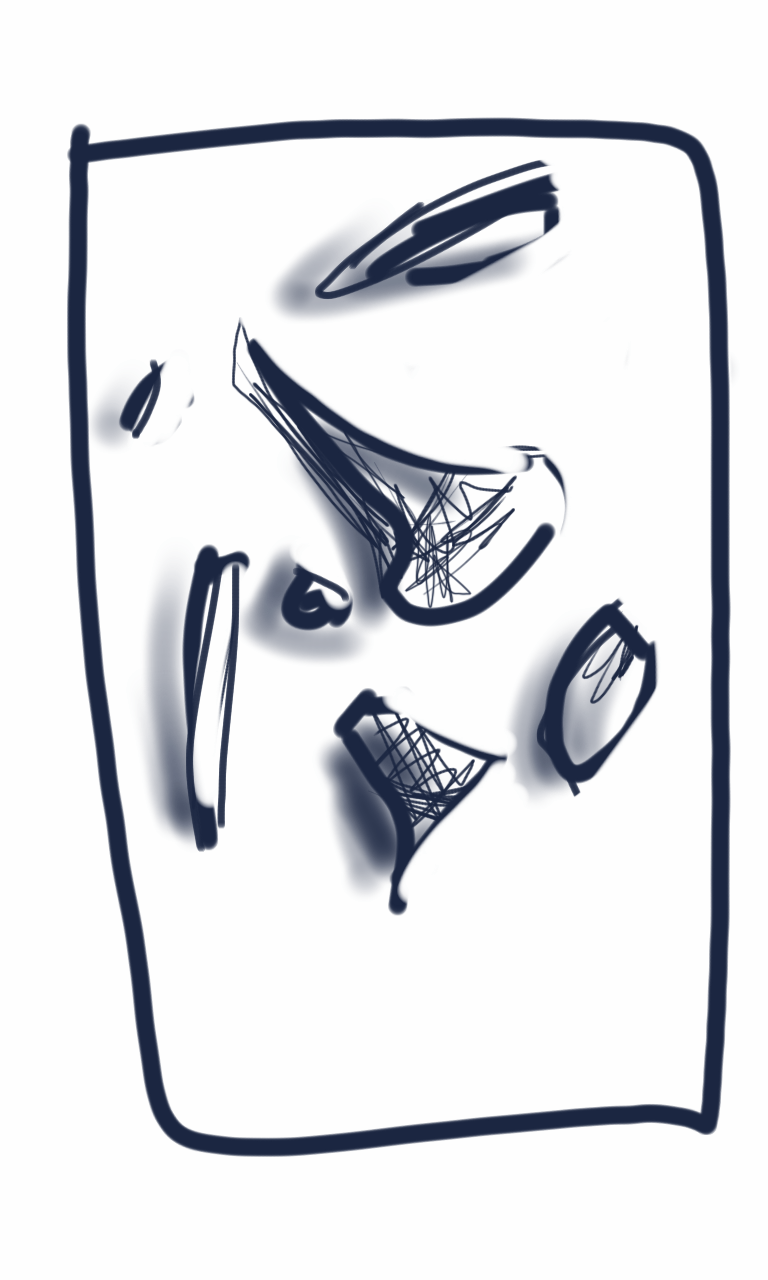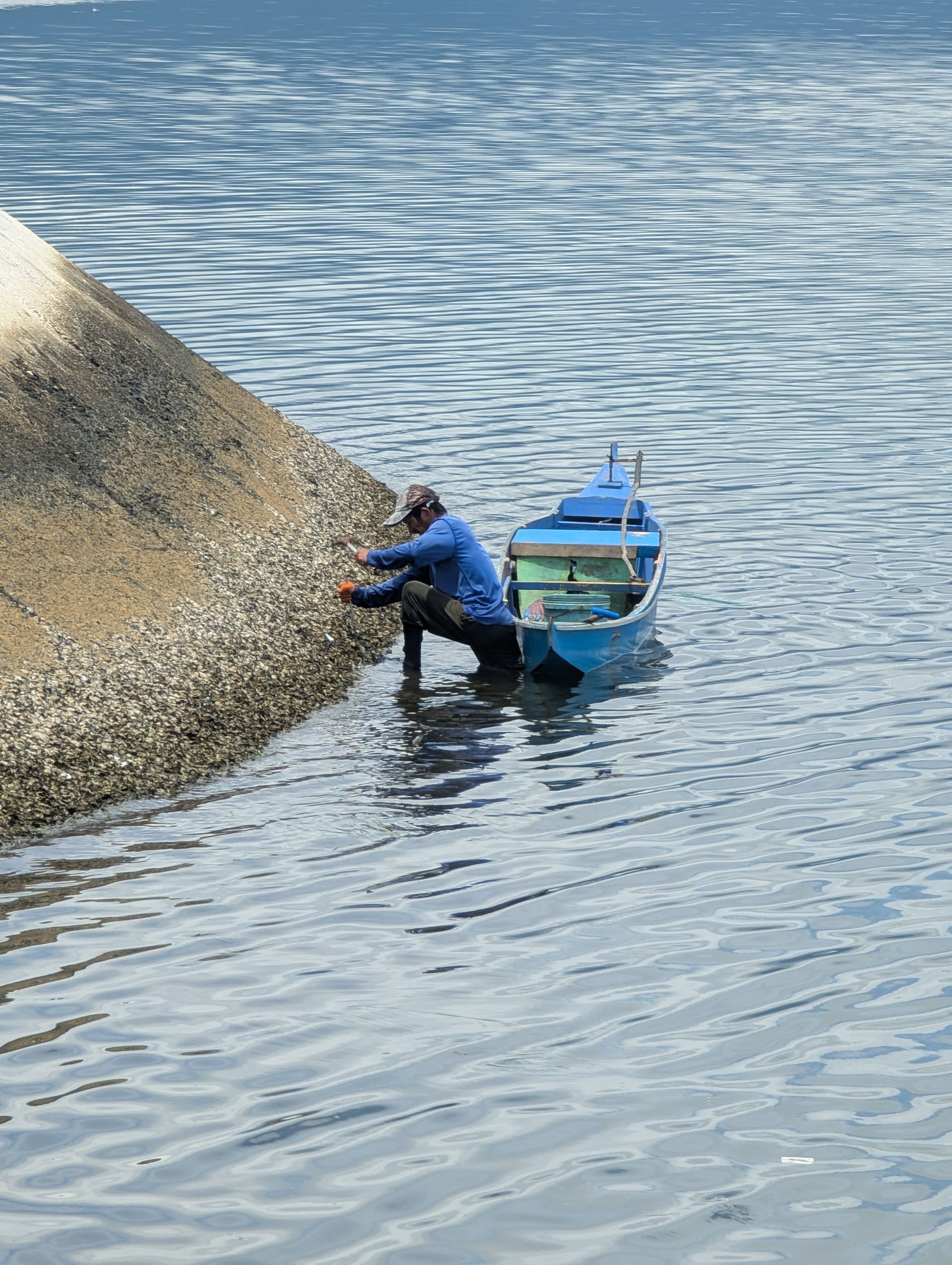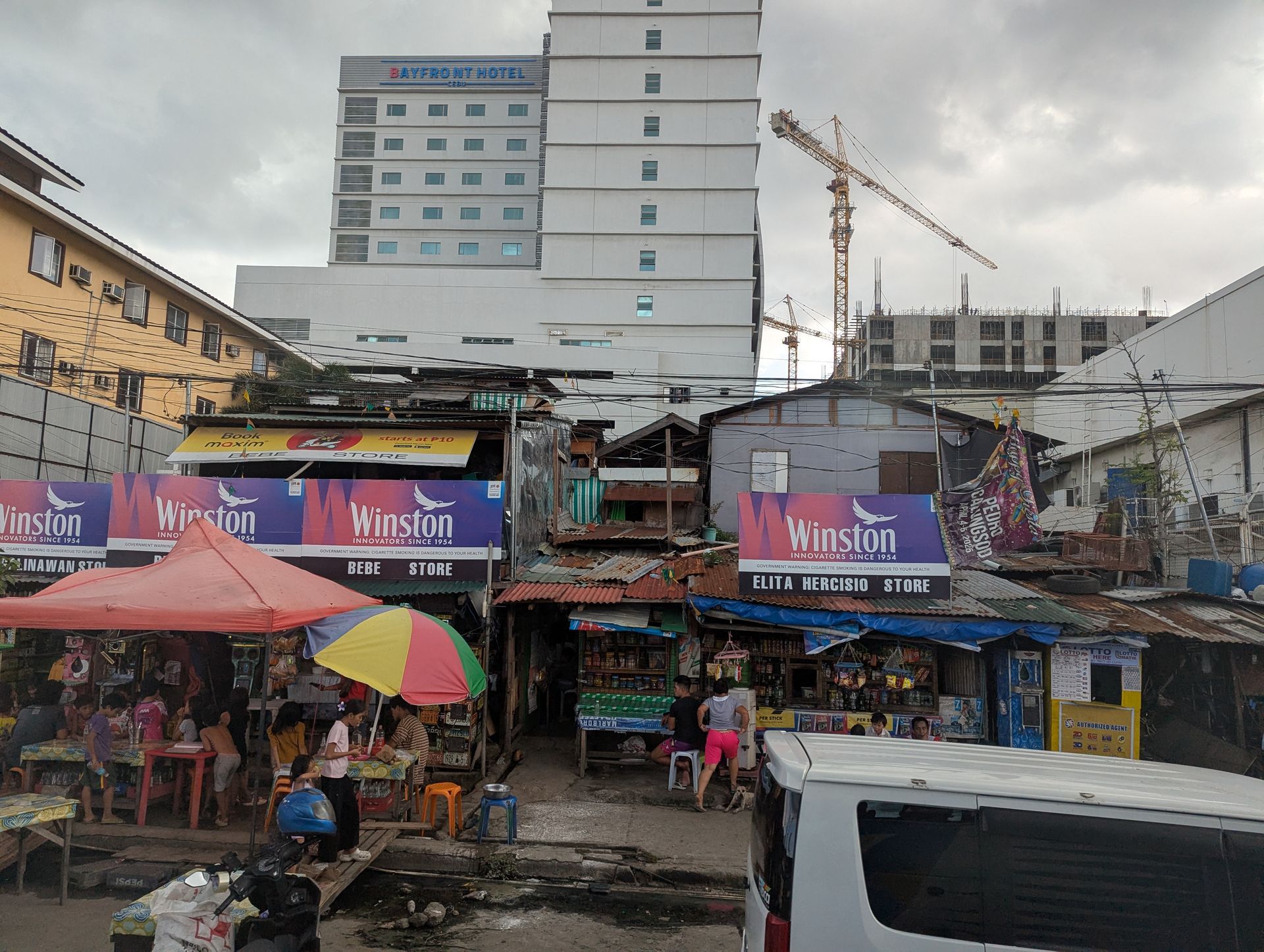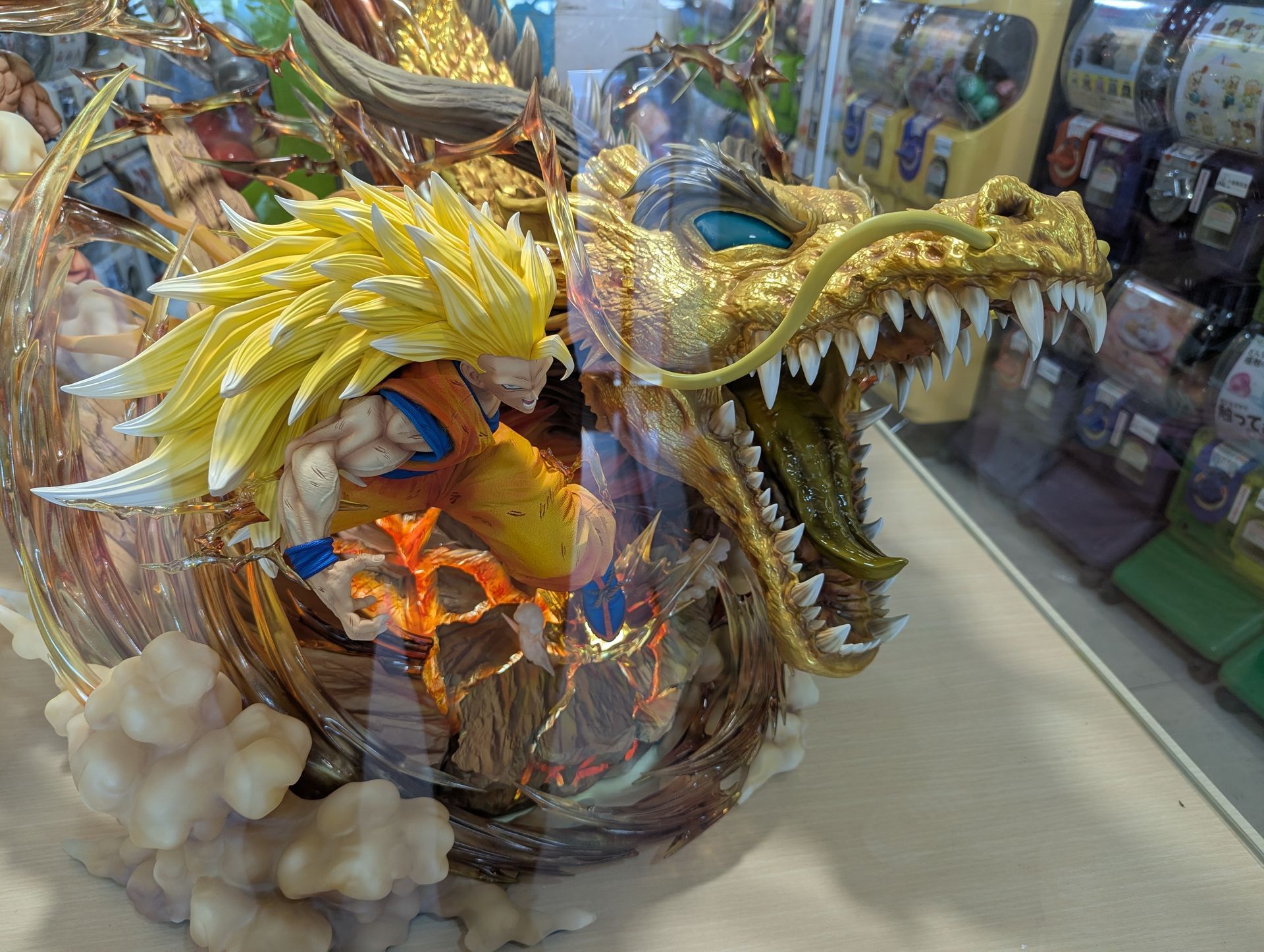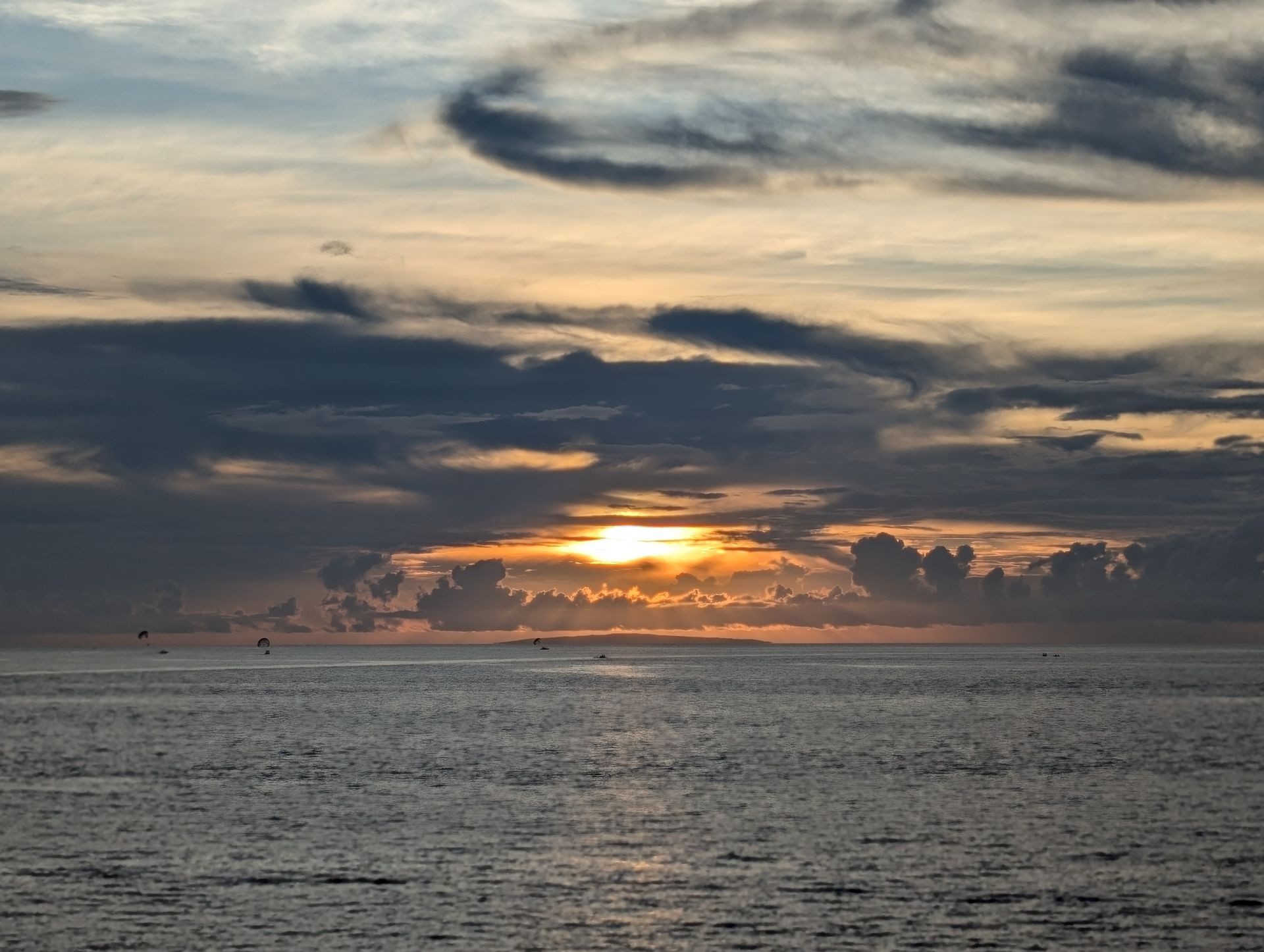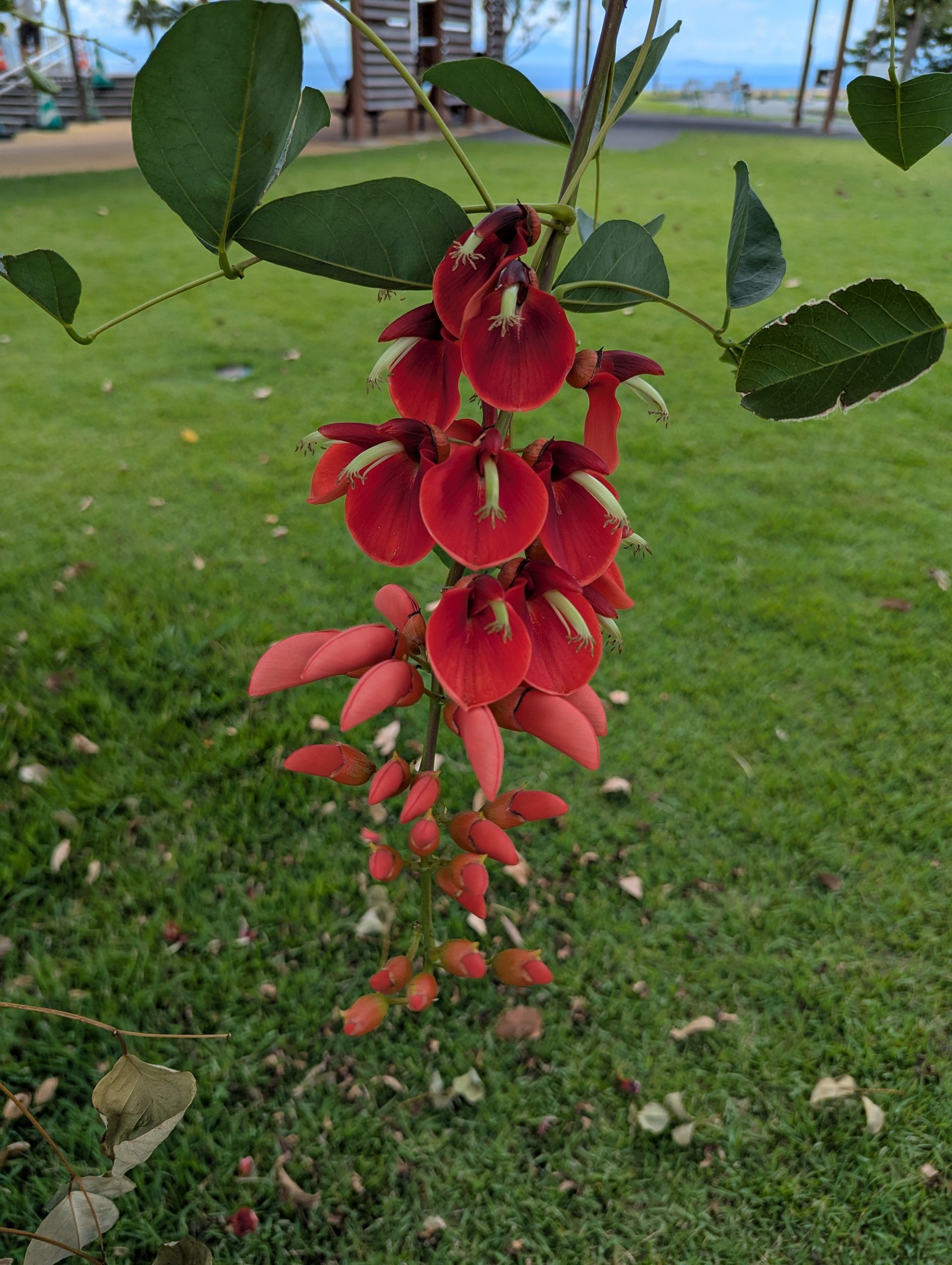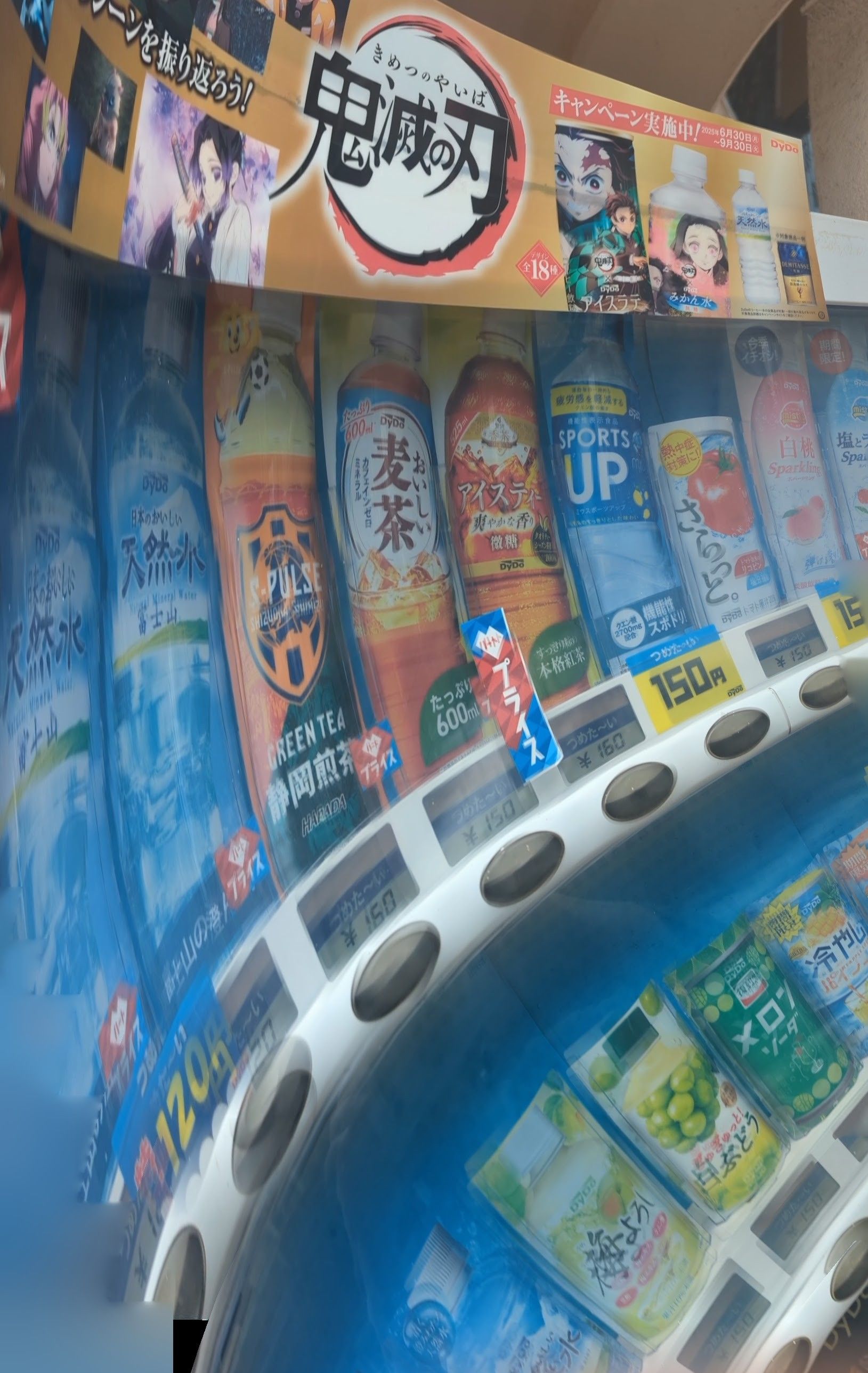Let’s take a closer look at: dirt
Greetings Earthlings!,
I have been thinking about dirt. (should we ‘treat it like dirt?) What use is it? What is it? Turns out this question keeps people who study dirt, pedologists, busy for a lifetime.
Pedology is the study of the nature and history of soils (soil is another word for dirt). Pedology, what a strange word! Words that are used in science often have their ‘roots’ in the ancient languages of Greek and Latin. The word ‘pedology’ has two ‘roots’ in Greek. The word ‘pedon’ means soil and the word ‘logos’ means study. So pedology means ‘soil study’.
A Pedologist is a person who studies soil. Why study soil? One way we can easily understand ‘why?’ is; we need food to live and food plants grow in soil. Pedologists understand that balances in soils are fragile and through understanding the history of how soils developed it may be possible to use soils sustainably (able to continue forever) for agriculture (growing food for us to eat).
But there are many other reasons to study soil. They come under the heading of ‘pure science’; learning in order to expand what we know, (or think we know). Science is a way of always learning. Pedogenesis is the word that refers to the evolution and functioning of soils. ‘Pedon’, we already know, means soil, and ‘genesis’ means beginning or source or root. Pedogenesis means ‘soil source’.
When we try to understand what the source of a soil is, what it is made of, we have to look at the environment (a specific area) in which it developed. Not just in our life times but for many hundreds and more years before our lives began. What rocks wore down and became particles in the soil? What plants died, reduced in size and mixed with the rock dust? What animals, insects, etc lived in the area, ate and died there, and left their bodies in the soil? What animals transformed the soil by living in it? What kind of weather effected the landscape and the evolution (development over time) of the soil? Storms and violent weather events can bring elements from far off areas to mix with the ‘indigenous’ soil changing it dramatically. And there are many more influences that can effect what made up a soil. Every place you go has its own unique mix. Pedologists use 5 major ‘factors of formation’. These factors are: climate, organisms, relief (the lay of the land), parent material (original bedrock) and time.
So how do we start to understand soil? Soil seems to be very complicated! One way to begin to understand is to walk out your door, find the soil nearest you and start to figure out what is in it. What follows are some suggestions on how to get started .
Separating the heavy stuff from the light stuff.
This is a useful thing to do because it will help us figure out two basic things – what amount of soil came from heavy stuff (maybe rocks) and what amount came from light stuff (maybe plants and animals). This kind of information will begin to tell us the story of our soil. It is the same as solving a mystery by examining the clues. “Who done it?”
Things you will need to begin your ‘investigation’.
- A jar to put soil in.
- A jar to put water in.
- A trowel or old spoon for digging.
- A magnifying lens
Now go and dig up some soil! Maybe enough to half fill one jar. Make sure you get not just a sample of the soil on the surface but also dig down five or six inches to get some soil that is deeper down. You may have to clear away some plants and leaves to get to a good area for digging.
Use the spoon to stir the soil gently. Stir until all the soil ingredients are mixed. Now take four or five spoonfuls of this mixed soil and drop them into the jar of water. It will take a while for the water to clear, but when it does you will see that the heavy stuff and the light weight stuff have separated. The water has floated the light stuff to the top and all the heavier stuff has settled to the bottom of the jar. You can now examine and analyze these two very different parts of your soil sample.
I’m sure you already know that the floating stuff is probably from plants (and other light weight bits like insect parts) and the stuff at the bottom of the jar is probably from rocks. But let’s look deeper. There is a lot more to it!
Now I will tell you what I found out about my soil. And I am going to make some quick sketches of what I see.
I used the spoon to get some of the light stuff from the surface of the water and spread it on a paper towel to dry. I did the same with a sample of the heavy stuff at the bottom of the jar.
In the light weight stuff that floated to the top I found a very, very small shell, a seed, lots of tiny bits of plant (probably leaf, stem and bark).
In the heavy stuff that settled to the bottom I found tiny grains of shiny material and larger grains of black material mixed with a little bit of heavier plant material.
In order to try to identify the shiny grains and the larger black grains I need to look around the general terrain where my soil formed. I am located at this time in a part of Florida called the Everglades (a special environment in South Florida). And I have learned that millions of years ago before the Everglades formed, there was a beach here! Beaches form from the action of waves grinding rocks into tiny grains. The color of the beach sand depends on what kind of rocks are being ground up! My grains are shiny and give the sand an overall whitish color. I think that the ocean was grinding up a lot of quartz. Quartz is a very hard shiny glass like rock. The larger dark grains are probably a mix of iron oxides. Some names for these are, magnetite, lodestone and hematite. You can look these rocks up if you wish to know more about them. Also there are white bits of rock which I identified as limestone. Turns out that the Everglades developed on a limestone shelf that rises only about 15 feet above the ocean and slants slightly downward till it enters the ocean at the bottom of Florida.
Once you start examining your own soil you will discover that each particle or rock you find brings its own questions and answers and these lead to more questions and answers. You must use your own thoughts to decide what you want to investigate and how far to go with your investigation. Question everything! And don’t be afraid to not know the answer. You are an explorer with the rest of us and have just as much chance of ‘getting it right’ as anyone else. Most of all, keep alert and curious and have fun!
You are welcome to post your findings on this website. Just use the blog.
Till next time, Earthlings, Good by!
